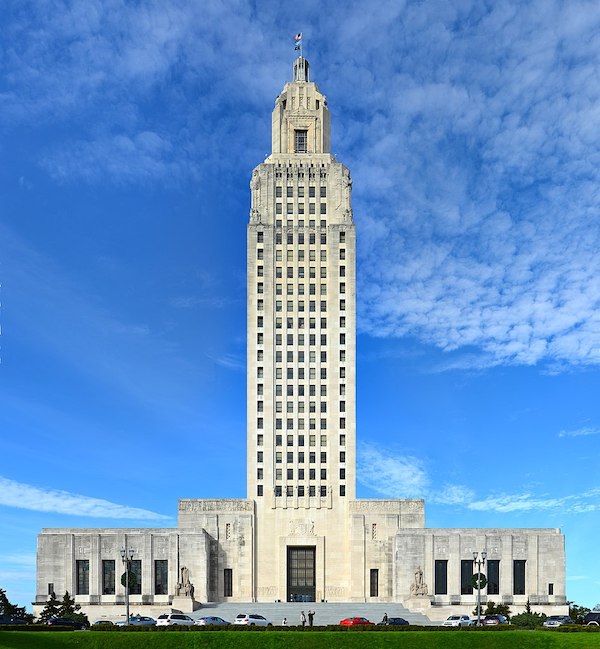William Hetzer, Sr.
June 1, 2007
Gerald Hite, Sr.
June 8, 2007AP-Most people along the Gulf and Atlantic coasts haven’t made hurricane survival plans, despite pleas from emergency officials for residents to prepare before the season starts, according to a poll released last week.
The six-month Atlantic season started Friday, and forecasters have predicted an above-average year: 13 to 17 named storms, with seven to 10 of them becoming hurricanes and three to five of those major one of at least Category 3 strength.
One forecaster said odds were high that a major hurricane would hit the U.S. this year.
Nevertheless, 53 percent of people surveyed in 18 Atlantic and Gulf Coast states say they don’t feel that they are vulnerable to a hurricane, or to related tornadoes and flooding, according to the Mason-Dixon poll. Eighty-eight percent said they had not taken any steps to fortify their homes.
Only 16 percent said they would defy orders to evacuate and try to ride out a hurricane in their homes.
Public safety officials tell residents to stockpile at least a three-day supply of bottled water, nonperishable food and medicine.
But 61 percent of poll respondents had no hurricane survival kit. Of those who did, 82 percent packed a fire hazard _ candles or kerosene lamps. Missing from most of those kits were axes, which emergency officials recommended after many residents were trapped in their attics as they tried to escape the flooding following Hurricane Katrina.
Despite the predictions for a busy 2007 season, public safety officials worry that an uneventful 2006 lulled residents into complacency; there were only 10 named storms, and the two that hit the U.S. were weak.
Researcher William Gray, based at Colorado State University, said Thursday he saw a 74 percent chance of a major hurricane hitting the U.S. coast this year. His updated forecast still predicts 17 named storms and nine hurricanes, five of them intense.
There is a 50 percent chance of a major hurricane making landfall on the East Coast, including the Florida Peninsula, according to the new forecast; the long-term average is 31 percent. The chance of a major hurricane hitting the Gulf Coast between the Florida Panhandle and Brownsville, Texas, is 49 percent; the long-term average is 30 percent.
There is also an above-average chance of a major hurricane making landfall in the Caribbean, according to the forecast, Gray said.
The 2005 season set a record with 28 named storms, 15 of them hurricanes; four of those hurricanes hit the U.S. coast, including the devastating Katrina. In 2004, there were 15 named storms, four of them hurricanes that struck Florida.
The poll showed that most residents still don’t fully understand the risks posed by hurricanes:
* 78 percent did not know that storm surge posed the greatest potential for a large loss of life, and can cause deaths as far as 20 miles inland. Also, a quarter did not know that standard homeowners insurance policies do not cover flooding.
* 54 percent believed tornadoes only occur within three miles of a hurricane’s eye. A hurricane can spawn tornadoes hundreds of miles from its eye.
* 79 percent did not know that storm intensity is the hardest part of a storm to predict, so they may not understand that a Category 1 storm can strengthen to a major hurricane by landfall.
The poll was commissioned by the organizers of the 2007 National Hurricane Survival Initiative. The group includes the National Hurricane Center, the Federal Emergency Management Agency, the National Emergency Management Association, the Salvation Army and others.
The initiative includes public service announcements and a 30-minute television program aimed at cable affiliates from Texas to Maine. Storm preparedness tips are posted on its Web site.
The May 10-15 telephone poll of 1,100 people has a margin of sampling error of plus or minus 3 percentage points.







